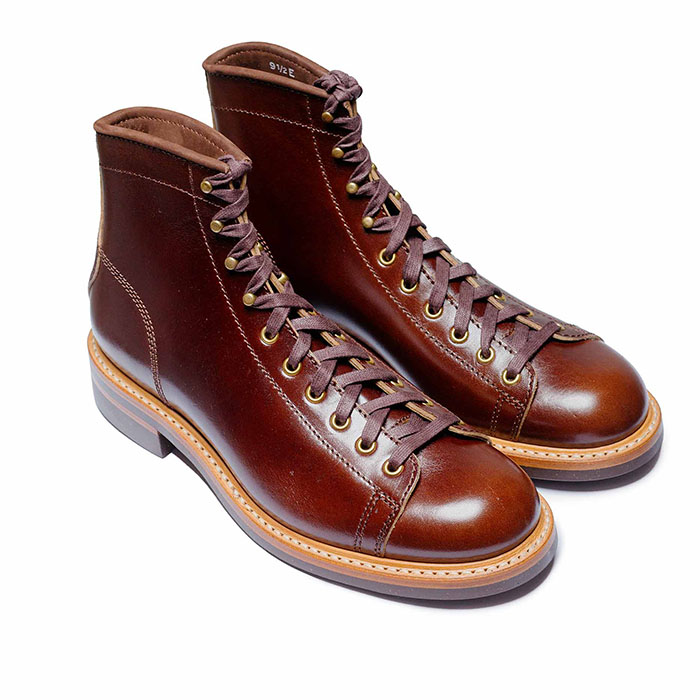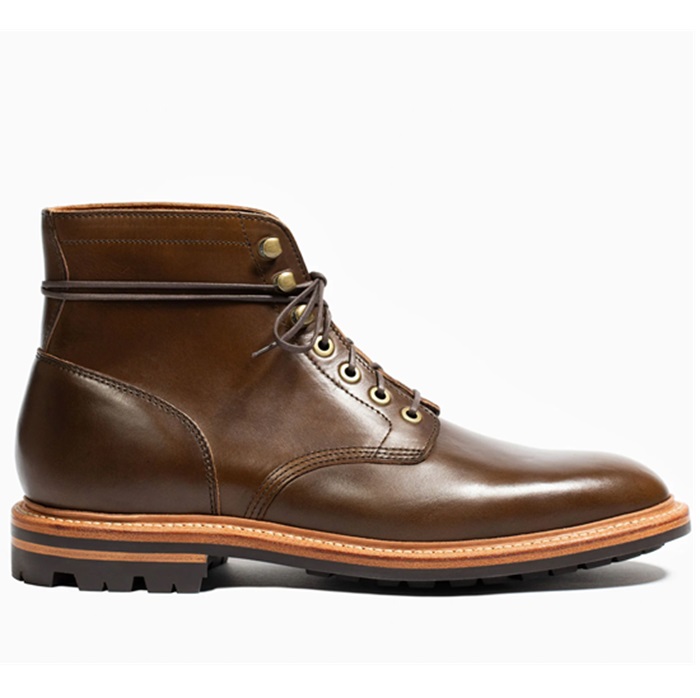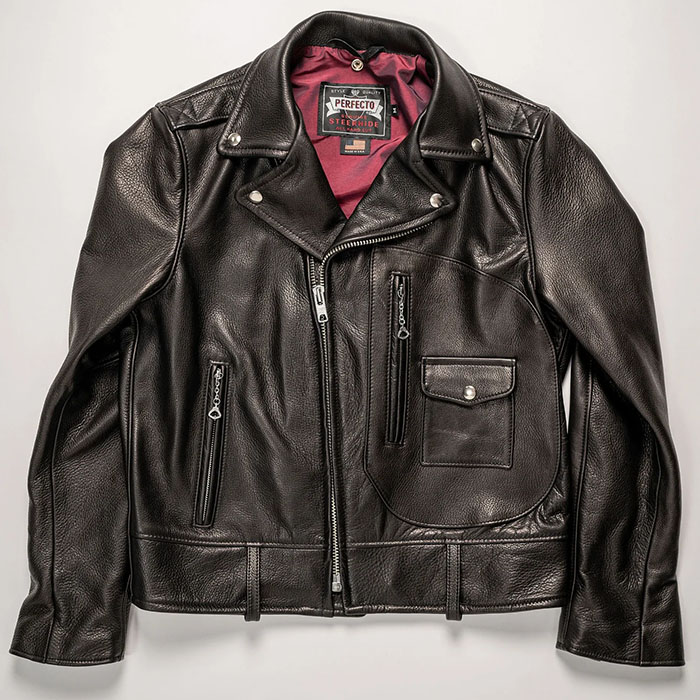NamoAmituofo
A-List Customer
- Messages
- 311
So I heard LW has own tannery and their hides don't get stuff with oil or wax.
Is this true? I'd always thought fats, oils and wax help preserve leather and rainproof it.
Take UK's 'stirrup' leather as an example - it's bridle butt hot stuffed with grease and wax, and can withstand all kinds or abuse/weather - rain, mud, sun etc. I have a stirrup leather belt and it's so dense and saturated that the flesh sides oozes out a layer of white tallow when not worn in a while.
Or take CXL - chrome tanned then stuffed. Yes very stiff when new but I love the shine and texture new and broken in. And that thing is tough as nails - scratches etc get polished away.
Or take Latigo leather - I believe it's made in a similar stages - chromed tanned then stuffed.
So where does that leave LW leather - if it's just chrome tanned? I can understand without stuffing the grains look clearer, but is there a longevity cost to this production method?
Please enlighten me
Is this true? I'd always thought fats, oils and wax help preserve leather and rainproof it.
Take UK's 'stirrup' leather as an example - it's bridle butt hot stuffed with grease and wax, and can withstand all kinds or abuse/weather - rain, mud, sun etc. I have a stirrup leather belt and it's so dense and saturated that the flesh sides oozes out a layer of white tallow when not worn in a while.
Or take CXL - chrome tanned then stuffed. Yes very stiff when new but I love the shine and texture new and broken in. And that thing is tough as nails - scratches etc get polished away.
Or take Latigo leather - I believe it's made in a similar stages - chromed tanned then stuffed.
So where does that leave LW leather - if it's just chrome tanned? I can understand without stuffing the grains look clearer, but is there a longevity cost to this production method?
Please enlighten me


